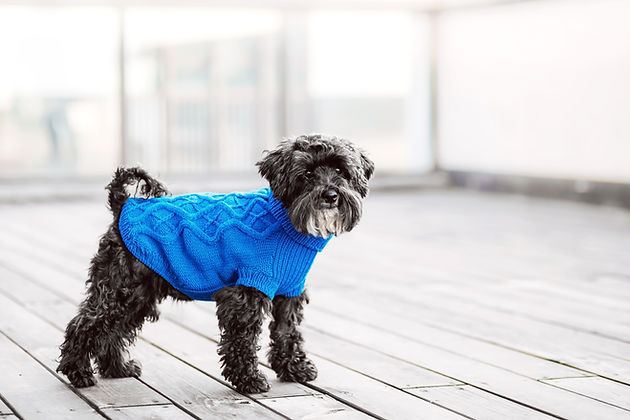
Dog spay
Not a surgery to be underestimated
Due to the frequency that we do them in practice, bitch spays are often branded as routine procedures and this can trick clients and ourselves into thinking that they are simple. There is a lot that can go wrong in a bitch spay and so as a nurse, it is important that we do our best to prepare for all eventualities. Better to be prepared and not need it, than be underprepared and panicking when crisis happens!
BASICS
-
IV cannula
-
Clippers
-
ET tube
-
Skin scrub (I use Hibiscrub at a 50:50 dilution with warm water for initial prep, then a large ChloraPrep for final prep)
-
Large kit
-
Analgesia (NSAID, paracetamol)
-
IV fluids
EVEN BETTER WITH
-
Local line block
-
Electrocautery (if available)
-
Active warming (e.g. Bair Hugger)

The procedure and nursing considerations
Although it should have been checked on admission or prior to the patient being booked in, it is always useful to confirm when the last oestrus cycle happened as well as check nipples for milk and the vulva for discharge before starting. A dog in heat can make for a much more vascular surgery, as well as increase complications post-surgery.
Ensure the patient is on a heat pad with blankets and is pre-oxygenated prior to intubation.
Have the patient on their back for clipping - sometimes they need sandbags to keep them steady. Bitch spays require a large clip patch in case of emergency and the need to extend incisions. Feel for the last rib and use this as a guide line for the top of your clip patch. Clip away hair from the last rib down to the pelvic inlet using size 40 blade clippers and clean the surgical site with your scrub of choice. Sometimes it is useful to have a dedicated vacuum to remove fur from the surgical site prior to scrubbing.
I recommend performing a local line block along the incision area at this stage using a 1-2mg/kg dose of bupivicaine. Any bupivicaine left in the syringe can be kept for a splash block at the point of closing the surgical site. The incision line usually starts either at or just caudal to the umbilicus and will extend caudally by a couple of inches (size of dog dependent).
Move the patient to the surgical table and postion on their back. If you have use of a vacuum mat, then these can be great to keep patients warm , supported, and stable throughout the surgery. Bitch spays can take a while, especially if there is a complication, so I would always recommend using active warming devices such as Bair Huggers to keep them warm. It is advised to wait until the patient is fully draped before turning on forced air warming devices. Then give another scrub and prep the area using a final cleaning stage e.g. ChloraPrep.
The surgeon can then perform the spay procedure.
Spay procedures have a higher risk of bleeding than the other routine neutering surgeries and this can make them stressful for all veterinary surgeons. Ensure that your patient is on IV fluids throughout the surgery (surgical maintenance rate is 5ml/kg/hr in canines) to help with blood pressure and have bolus rates prepared and written down in case of a bleed.
Ideally the patient will have recieved sufficient analgesia with their premedication as well as an adjuvant analgesia prior to surgery. However, in some dogs, the breaking of the suspensory ligaments can prove to be very painful. Watch out for changes in heart rate, respiration rate, or blood pressure at this point. Paracetamol can be given if it hasn't been given already (at a dose of 10-20mg/kg slow IV) or, if very severe pain response is seen, a one off dose of ketamine can be used (0.5mg/kg IM or slow IV) or fentanyl (5μg/kg slow IV). Be mindful for signs of apnoea if giving ketamine or fentanyl. Fentanyl can also slow heart rate too so be aware of this if giving.
Remember to lubricate the eyes during surgery and on recovery to reduce risks of corneal ulcers forming and keep the patient wrapped up warm.
If there were any bleeds or complications during surgery, it can be useful to perform an AFAST scan once recovered to check for free fluid.
Disclaimer:
The information on this website is for reference and education, and any medications and doses should be prescribed by your veterinary surgeon before giving. All patients should be assessed individually and treated as such.
